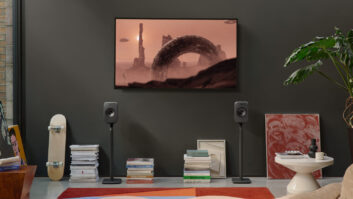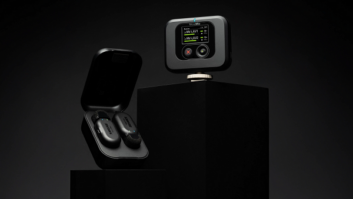Continued expansion of wireless phone penetration, a rapid rise in wireless data services, and a faster pace of innovation in wireless devices are in store for the wireless industry in the next few years, leading executives said during a Thursday seminar.
“There are more mobile phones than PCs in the world, and that gap will only increase,” said Bo Dimert, president of Ericsson’s U.S. operations.
U.S. penetration is about 30%, said Susan Swenson, president of wireless carrier Leap Wireless. Non-users include retirees, college students and “busy moms” — who are Leap’s target customers.
The carrier, which started U.S. operations last year in a handful of markets, said 61% of its subscribers to date never used wireless phones before. They are attracted to Leap’s flat $29.95/month fee for unlimited local calling, she said.
As for the decade-long-awaited rise of wireless data, Swenson said it’s here: “There is finally a multitude of networks, applications and devices,” all of which are the elements needed for rapid adoption.
Roxanne Jozwick, AT&T Wireless’s national channels VP, agreed. She pointed out that AT&T will introduce a wider range of microbrowser-equipped quad-mode phones with built-in CDPD radiomodems in the coming months.
Sometime this year AT&T will introduce Nokia’s first quad-mode phone, the 7160, with built-in microbrowser, PIM functions, and long-life lithium polymer battery. Jozwick also said retail channels would play a key role in wireless data sales.
For his part, BellSouth Wireless Data president Bill Lenahan said he sees a continued need for two wireless devices — one for voice, and the other for sophisticated two-way messaging with PIM applications, enterprise e-mail connectivity, and interactive data services “because multiple data applications can’t be stuffed into a voice phone.”
The sole analyst on the panel, Yankee Group senior VP Mark Lowenstein, projected a slowing in the erosion of airtime rates. Airtime prices dropped 50% between 1994 to mid-1997, he said, but in 1999 rates fell less than 10%.
“I think prices will fall less [in 2000],” and average revenue per subscriber has begun to increase for some carriers, he said.
Lowenstein also forecast even more consolidation on the carrier side of the business. Already, he noted, 85% of total subscribers are owned by the RBOCs or long-distance companies.
In another projection, he said that “in the next one to three years, we’ll see more device [handset] innovation than we saw in the previous five years.”













